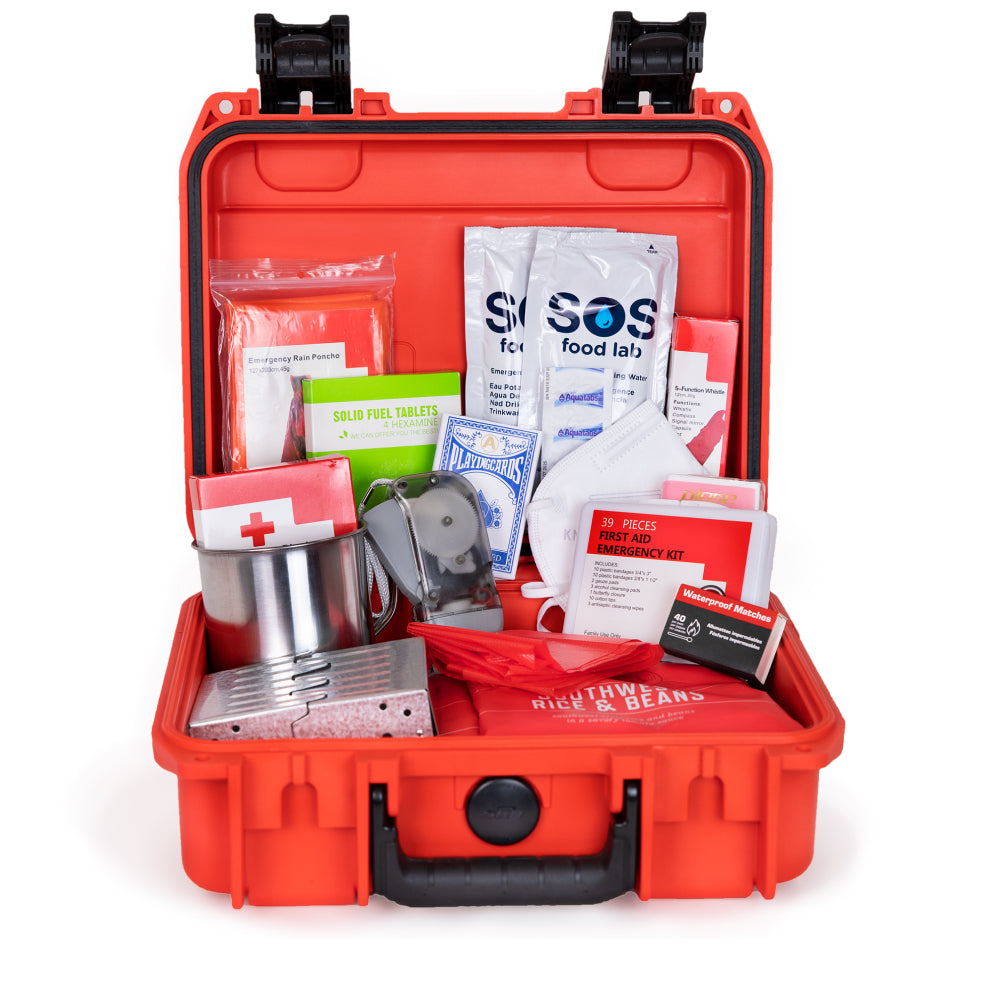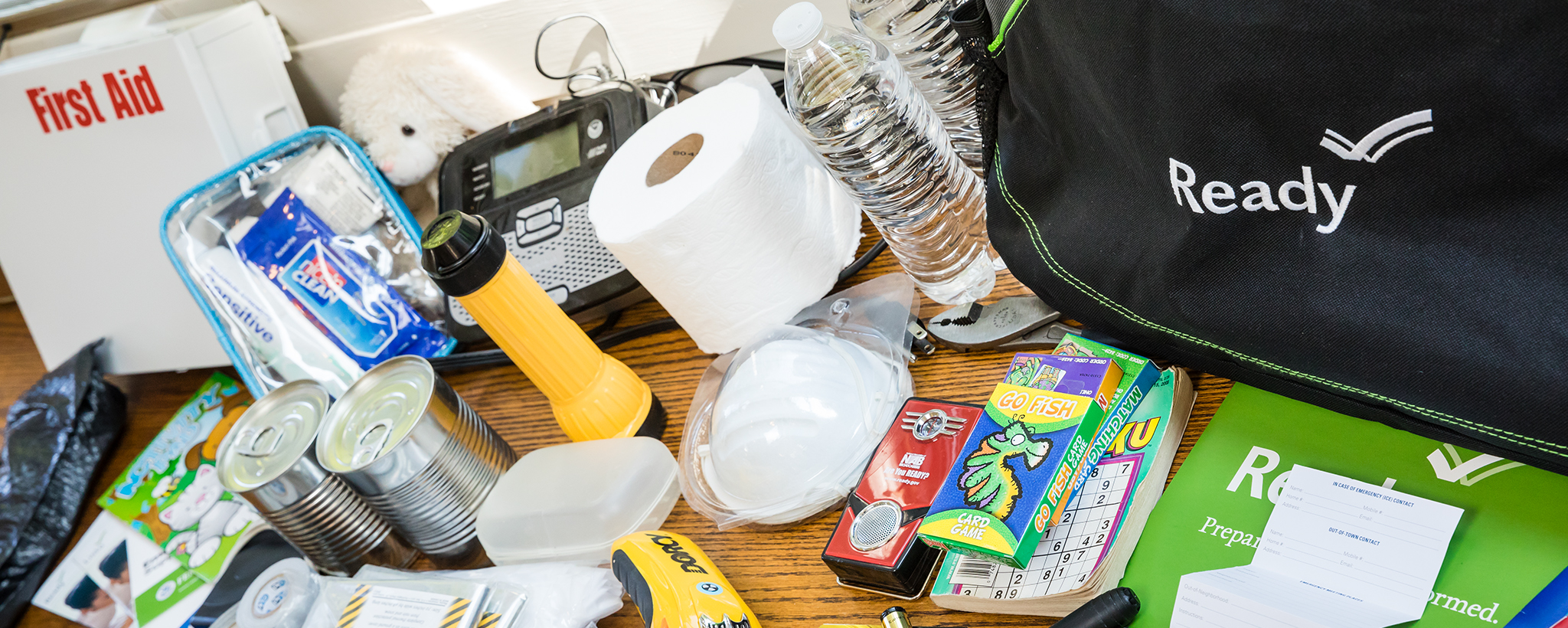Important Emergency Preparedness: Your Comprehensive Overview
Important Emergency Preparedness: Your Comprehensive Overview
Blog Article
Just How to Create a Comprehensive Emergency Situation Preparedness Plan
In the world of preparedness, creating a thorough emergency plan is not simply a task to inspect off a list; it is an essential foundation of any kind of company or individual's durability method. From all-natural disasters to unforeseen situations, the capacity to prepare for, reduce, and respond successfully can mean the difference between mayhem and control. By diligently crafting a strategy that addresses different aspects of emergency situation administration, including risk evaluation, communication methods, source allocation, and tactical decision-making, one can lay a solid foundation for protecting possessions, lives, and operations. The true efficiency of such a strategy exists not just in its development but likewise in its continuous maintenance and adjustment to developing risks and difficulties.
Importance of Emergency Situation Preparedness
Emergency readiness is important for minimizing prospective threats and guaranteeing the safety and security of areas and individuals. In today's globe, where all-natural disasters, public wellness crises, and other emergency situations can strike without warning, being prepared can make a substantial difference in lessening the effect of these events. By having a well-thought-out emergency preparedness plan in area, people and companies can react successfully, secure lives, and reduce residential or commercial property damages.
One of the primary factors why emergency readiness is vital is its duty in conserving lives. Having a plan that outlines clear treatments for emergency situation, discharge, and interaction action can aid individuals act quickly and emphatically when emergencies happen (imp source). This can prevent injuries and casualties by ensuring that people know what steps to take to stay secure
Additionally, emergency situation readiness enhances the durability of areas. By fostering a culture of readiness and preparation for numerous situations, neighborhoods can get better faster from disruptions and catastrophes. This strength is essential for keeping stability, continuity of operations, and general health in the face of hardship.
Assessing Prospective Dangers
Considering the significance of being gotten ready for unpredicted occasions, the preliminary action in developing a reliable emergency situation readiness strategy involves completely examining and analyzing possible threats. This evaluation requires a comprehensive review of all feasible hazards that could impact the company, considering aspects such as place, industry, and historical data on events. By identifying these risks, companies can prioritize their readiness efforts and assign resources efficiently to minimize one of the most substantial dangers.
Typical risks that organizations may encounter consist of all-natural catastrophes like floods, earthquakes, or hurricanes, technological risks such as power blackouts or information breaches, along with human-caused risks like crashes or intentional acts of violence. Performing a threat evaluation additionally entails taking into consideration the possible impact of these events on the company's procedures, workers, clients, and reputation. By carrying out a comprehensive risk evaluation, companies can create customized emergency response plans that resolve their particular susceptabilities and make certain efficient readiness for any possible crisis.
Producing an Interaction Plan
Establishing a thorough and clear communication plan is essential for efficient emergency situation preparedness within organizations. In times of dilemma, interaction plays a vital duty in ensuring the security and wellness of staff members, stakeholders, and the community. A well-thought-out interaction strategy need to outline clear lines of communication, assign vital employees accountable for communication jobs, and establish protocols for distributing info promptly and accurately.
One secret element of developing an interaction strategy is recognizing alternate and primary communication channels (EMERGENCY PREPAREDNESS). These can consist of e-mail, text messaging, phone you could try here trees, social networks platforms, and public address systems. It is important to ensure that these channels are reputable, obtainable, and regularly tested to guarantee their effectiveness during emergencies

Structure an Emergency Situation Kit
Provided the essential importance of preparedness in times of dilemma, a crucial part that companies have to address is the establishment of an emergency kit. An emergency kit functions as an important resource that can assist alleviate the effect of unanticipated occasions, making certain that essential supplies and tools are readily available when required most. When assembling an emergency package, it is vital to consider the specific needs and circumstances of the organization. Standard things such as water, non-perishable food, initial help materials, flashlights, batteries, and a battery-powered radio are essential components of any emergency situation set. Furthermore, organizations must include important files, such as call listings, insurance policy information, and emergency situation response plans, in water resistant containers within the package. Routinely reviewing and upgrading the components of the emergency situation set is crucial to make sure that supplies are current and useful. By proactively preserving an emergency situation and developing kit, companies can enhance their preparedness to efficiently react to dilemmas and guard their workers and properties.
Developing Evacuation Procedures
To make sure the safety and security and organized evacuation of workers throughout emergency situations, companies must establish reliable and clear discharge procedures. Evacuation procedures ought to include a series of possible circumstances, consisting of fires, all-natural disasters, or other emergency situations that require quick emptying.

Additionally, organizations must develop a system for accounting for all workers throughout an emptying to make certain that everyone has safely left the properties. Interaction plays an important function in emptying treatments, with clear guidelines on how to evacuate and when to do so. Regular evaluation and updating of emptying treatments based upon responses and transforming circumstances are necessary to preserving the efficiency of the plan.
Final Thought
To conclude, creating a thorough emergency situation readiness strategy is crucial for guaranteeing the security and wellness of people in case of a catastrophe (EMERGENCY PREPAREDNESS). By examining possible dangers, producing a communication strategy, constructing an emergency kit, and establishing evacuation companies, people and treatments can be better equipped to react effectively to emergency situations. It is important to focus on readiness efforts to reduce the impact of disasters and safeguard lives and residential property
In the world of preparedness, developing a thorough emergency situation plan is not merely a job to inspect off a list; it is an important cornerstone of any kind of organization or person's resilience approach. When emergency situations occur, having a strategy that describes clear procedures for emergency situation, discharge, and interaction reaction can help individuals act swiftly and emphatically. like this. By carrying out a complete threat assessment, organizations can develop tailored emergency reaction plans that address their certain susceptabilities and make certain reliable readiness for any kind of possible situation
Creating a clear and thorough interaction strategy is necessary for reliable emergency situation readiness within organizations. By evaluating prospective risks, creating a communication strategy, constructing an emergency situation set, and developing evacuation treatments, individuals and organizations can be much better outfitted to react successfully to emergency situations.
Report this page